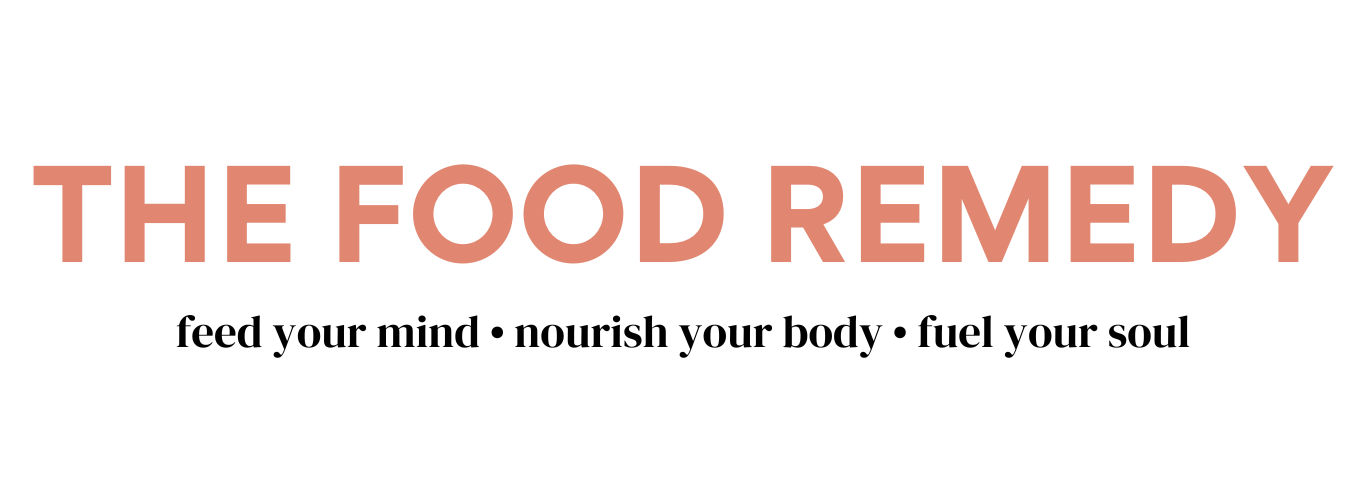Q. I have broken my leg and want to make sure I eat enough protein to mend it fast, could you tell me what foods I need to include?A. Good nutrition is one of the important influences on fracture healing. The healing time for broken bones is influenced by a number of variables and good nutrition will certainly have a huge impact.
It is well documented that calcium is essential for bone health; calcium improves bone density and can also reduce the risk of fractures. One of the key roles of calcium in the body is to act as a neutraliser. When you eat too much acid food – such as protein – your body calls up calcium reserves from the bones to counteract the acidity, too much acid is neutralised by the bodies’ release of calcium, an alkane mineral that is stored in your bones.
The best way to make your diet more alkaline is to increase your intake of fruit and vegetables each day, and choose good quality animal protein such as fish or eggs. Avoid caffeine and soft drinks as caffeine causes the loss of calcium, and soft drinks will also cause a leaching effect from your bones as they are high in phosphorus.
There's no doubt that calcium is imperative to build up and maintain the strength of our bones, but high levels in our diets or in supplements do not necessarily mean that the calcium is actually reaching our bones. When we consume calcium we need both stomach acid and vitamin D in order to absorb calcium properly. Many other nutrients are similarly critical for healthy bones, and these include magnesium, vitamin C vitamin D, zinc and boron. This is why it is imperative not to focus exclusively on calcium, but to take a range of nutrients that are important for the bones.
Magnesium, helps to metabolise calcium and in turn converts vitamin D – which helps regulates calcium absorption and excretion, especially when calcium intake is low – to the active form necessary to ensure that calcium is efficiently absorbed. Richest food source include - curly kale, broccoli, spinach, okra, peas, brown rice, quinoa, oatcakes, figs, sunflower seeds, sesame seeds, almonds, Brazil nuts, prawns and lentils. Vitamin C is important in the manufacture of collagen, the 'cement’ that holds the bone matrix together. Richest food source: Citrus fruits, kiwi fruit, black currants, berries, tomatoes and peppers. Vitamin D is important for proper calcium metabolism and low levels have been shown to reduce bone density. Richest food source: Oily fish, egg yolk, molasses, wheat germ, broccoli and kelp (vitamin D is also formed by the skin from UV sunlight). Zinc is needed for the proper formation of osteoclasts and osteoblasts, the two cells which are essential for bone repair. Richest food sources include - peas, chickpeas, prawns, squid, chicken, turkey, lean red meat, white fish, oatcakes, oats, brown rice, quinoa, buckwheat noodles, pine nuts, cashew nuts, pumpkin seeds, crab, lobster and sardines. Boron, a trace mineral, is also needed as it plays a crucial part in the conversion of vitamin D into its active form. Richest food sources of boron: include pears, prunes, pulses, raisins, tomatoes, and apples.
Once the plaster cast is removed, usually after approx 6 weeks, Mobilization, i.e. weight bearing exercises and isometric exercises should be undertaken to ensure that healing and strengthening continues.

